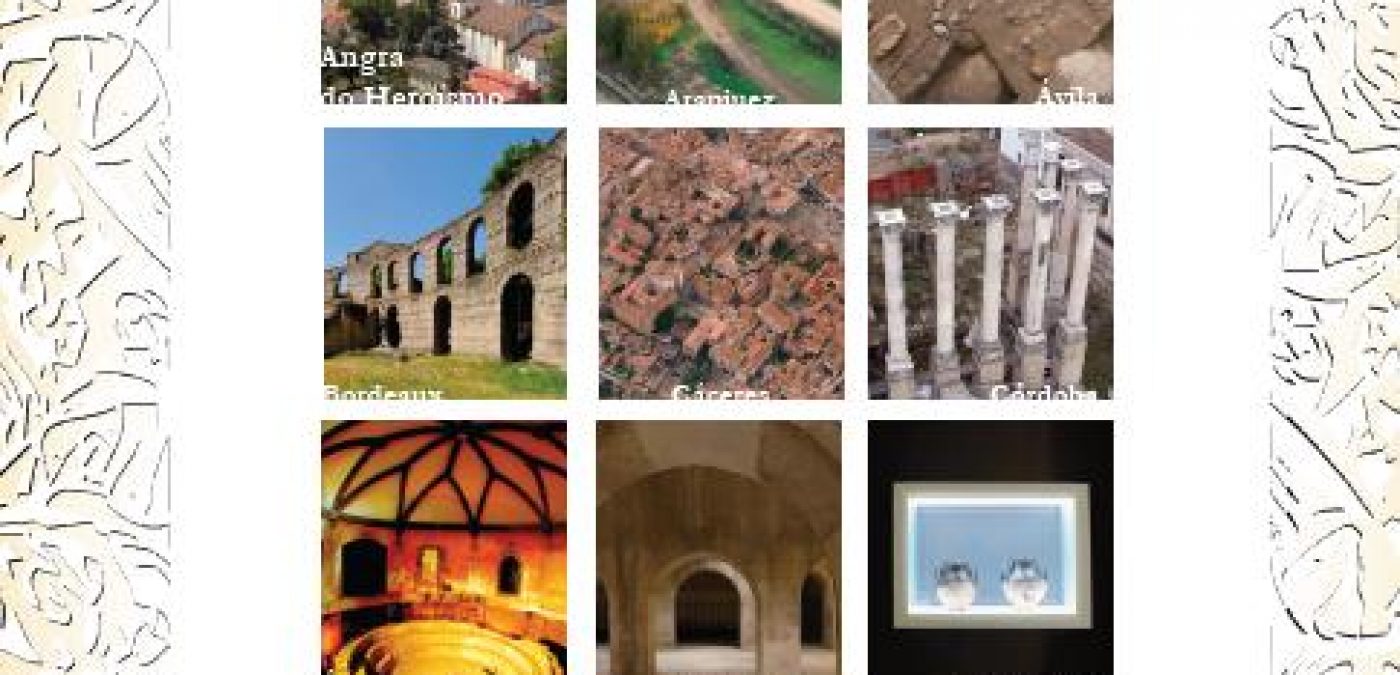16 December 2014

HERITAGE AND ARCHAEOLOGY
ALL AROUND US
Everything around us comes from the History. Our cities are full of prints from previous societies who built them, lived them and transformed them. Usually, those prints can be documented or even seen but they can specially contribute with their information to get to know deeply the own city and to show the past as an important part of the present.
In this leaflet, which has been elaborated by a group of cities declared “World Heritage” by the UNESCO; we invite you to know a different vision from the urban environments that you usually visit: the archaeological dimension. In its nature, you are not going to find only old buildings, foundations, walls, remains that have been buried or that are in cellars or useless water distributions. You will also feel the heartbeat of a tireless life, which was rebuilt several times, adapted to new uses and technologies as well as to every period of life.
The contents of this leaflet correspond to one of the aims of the “Archaeology and World Heritage Cities” project, which has been sponsored and supported by the Town Hall of Cordoba, venue for the Regional Secretary for Southern Europe and the Mediterranean of the Organization of World Heritage Cities. This project is scientifically coordinated by the professor Alicia Castillo and it is a part of some researches carried out by the group “Archaeological Heritage” of the Complutense University of Madrid, which is managed by the professor Mª Ángeles Querol.
These studies are based on getting to know better the archaeological potential of the cities through the spreading and the “reserve” of a lot of plots, which have suspected or known archaeological sites. However, these archaeological sites were not excavated or destroyed so they will allow doing analysis in the future in order to improve the analysis in the present.
The knowledge and reserves should be included in the new and modern Management Plans of the cities as well as in the Special Plans or any other plans that affect the city management; because the decisions of building or destroying an archaeological site must be taken previously to the approval of the work or restoration projects, that is to say, at the Plan Stage.
We would like to show that Archaeology, the science that rebuilds the past through a detailed analysis of the remains, is an essential tool to get to know the cities. The archaeological methodology based on the superposition of elements or “Stratigraphy” either in the excavation or in the research plays a basic role in order to study the buried sites but it is also important to know the construction stages of a building located on the ground.
Therefore, if the Archaeological Heritage means the group of remains from the past based on the archaeological methodology, most real estates of a city are or should be considered as Archaeological Heritage. Their study and spreading will be used to provide the city with a specific personality, away from the global things and making it different and unique.
The speeches used to spread information about the cities should consider the archaeological dimension in order to enrich it and to raise the population awareness on protecting the sites from the past independently of their age, monumentality or beauty. The content of this leaflet answers to one of the aims of this project: spreading the importance of the archaeological dimension to get to know, value and develop our more peculiar and historical cities.


